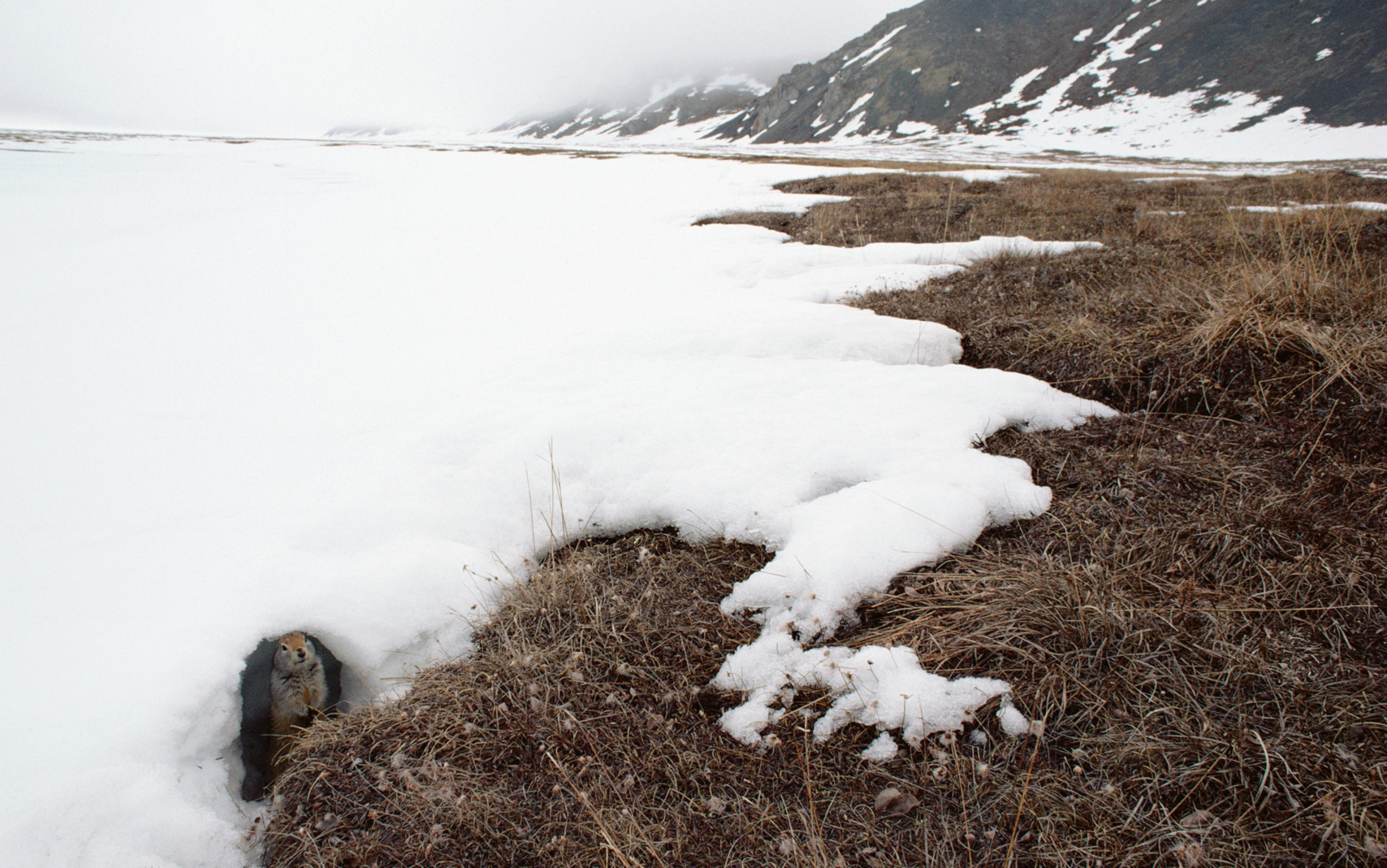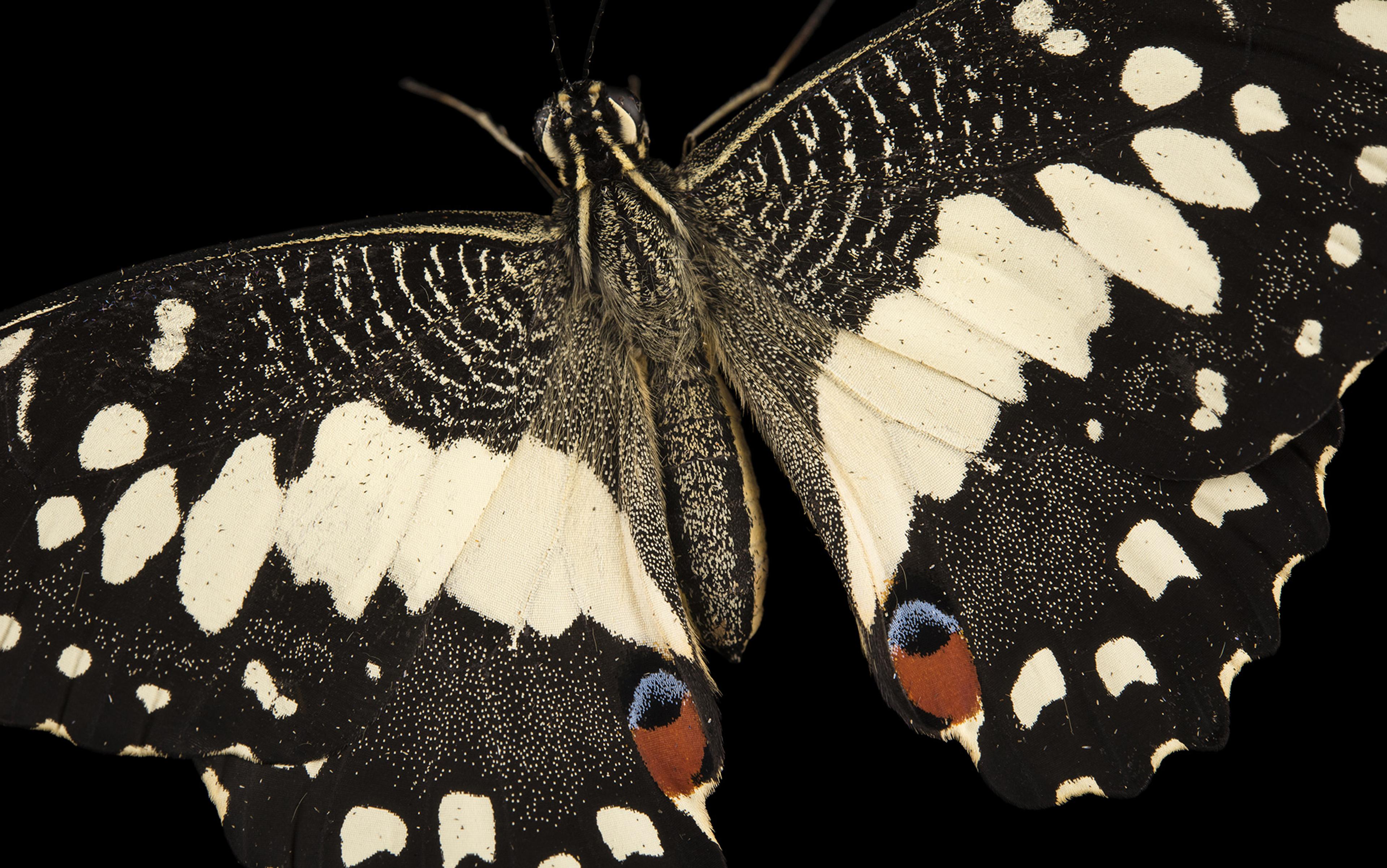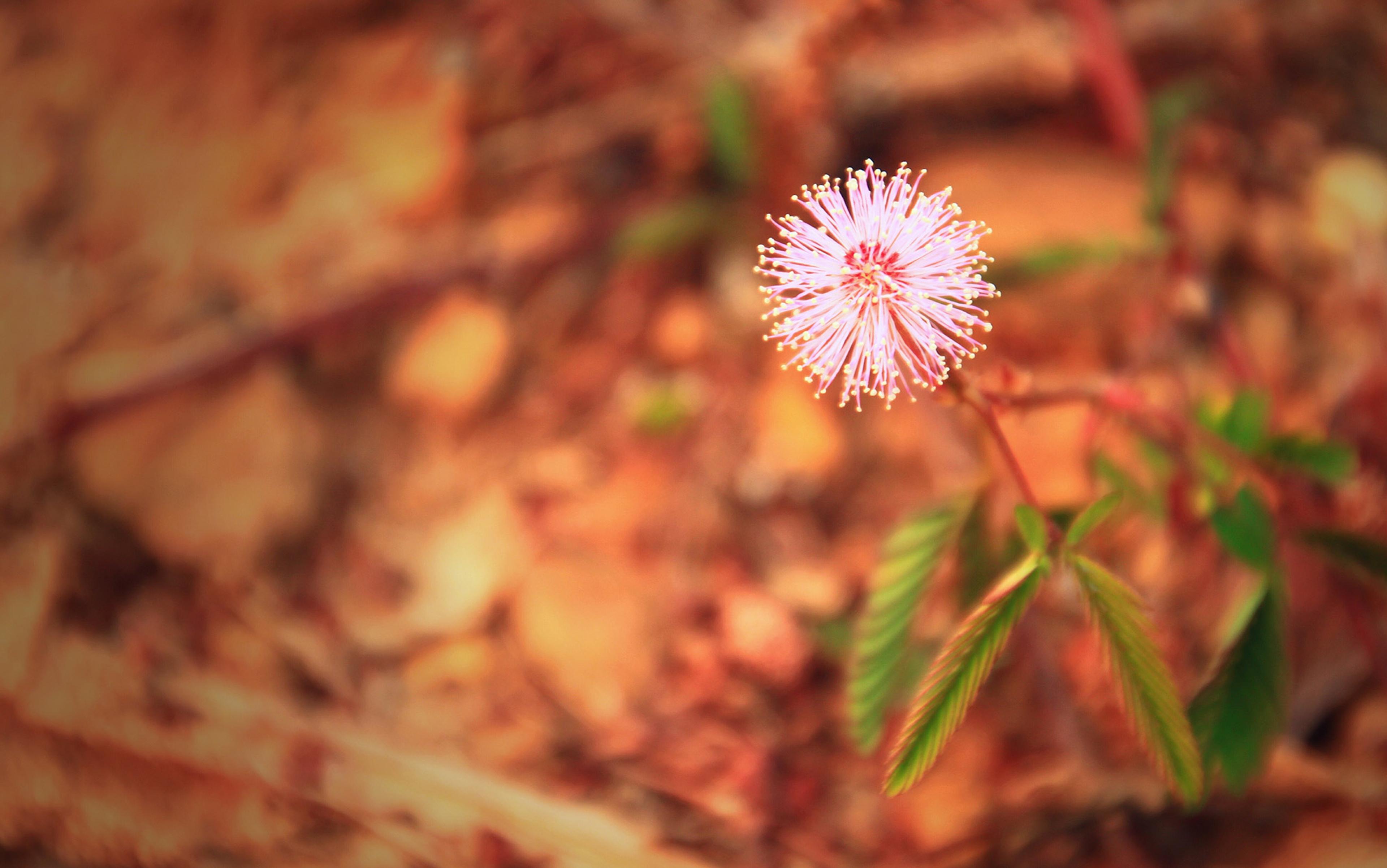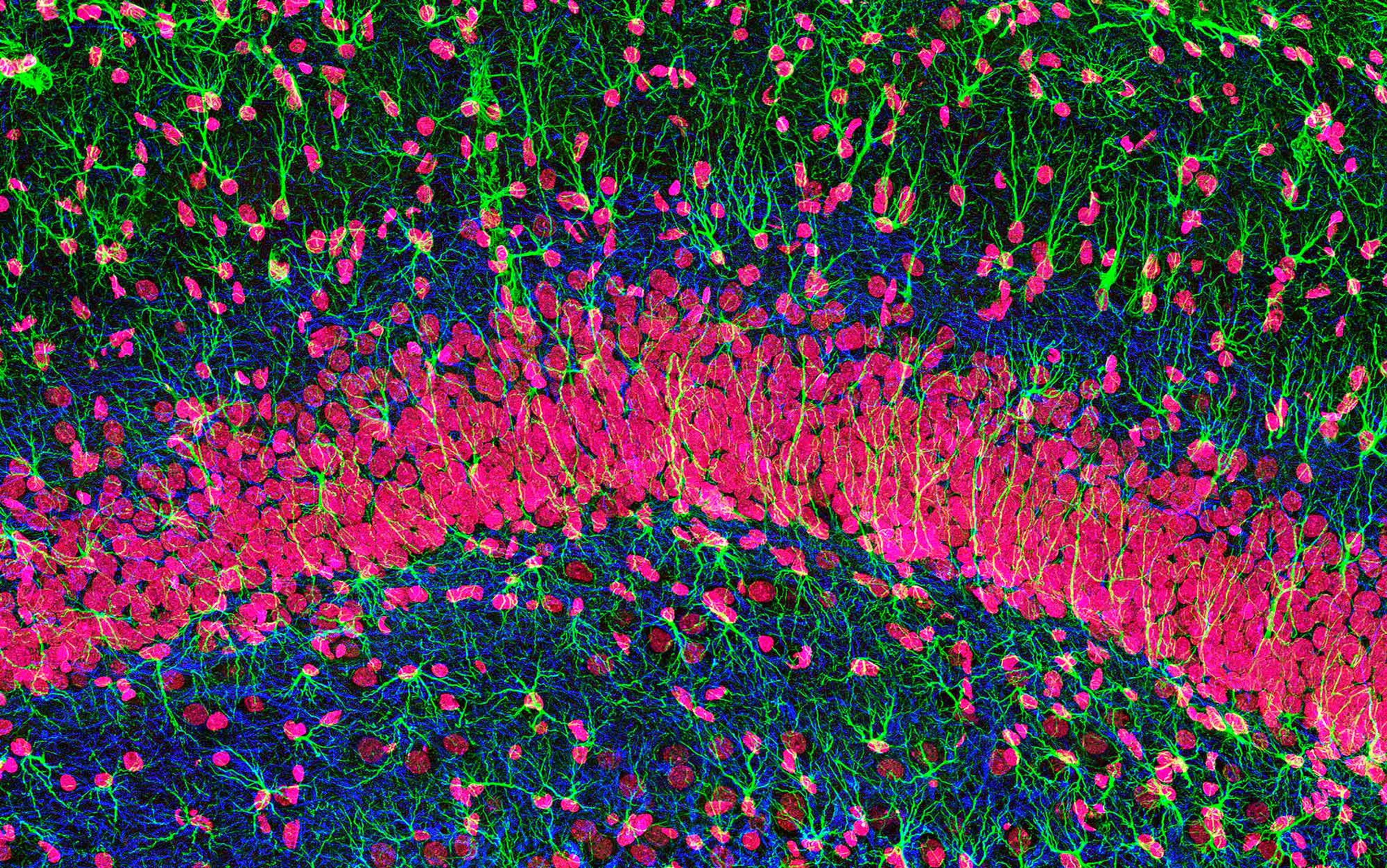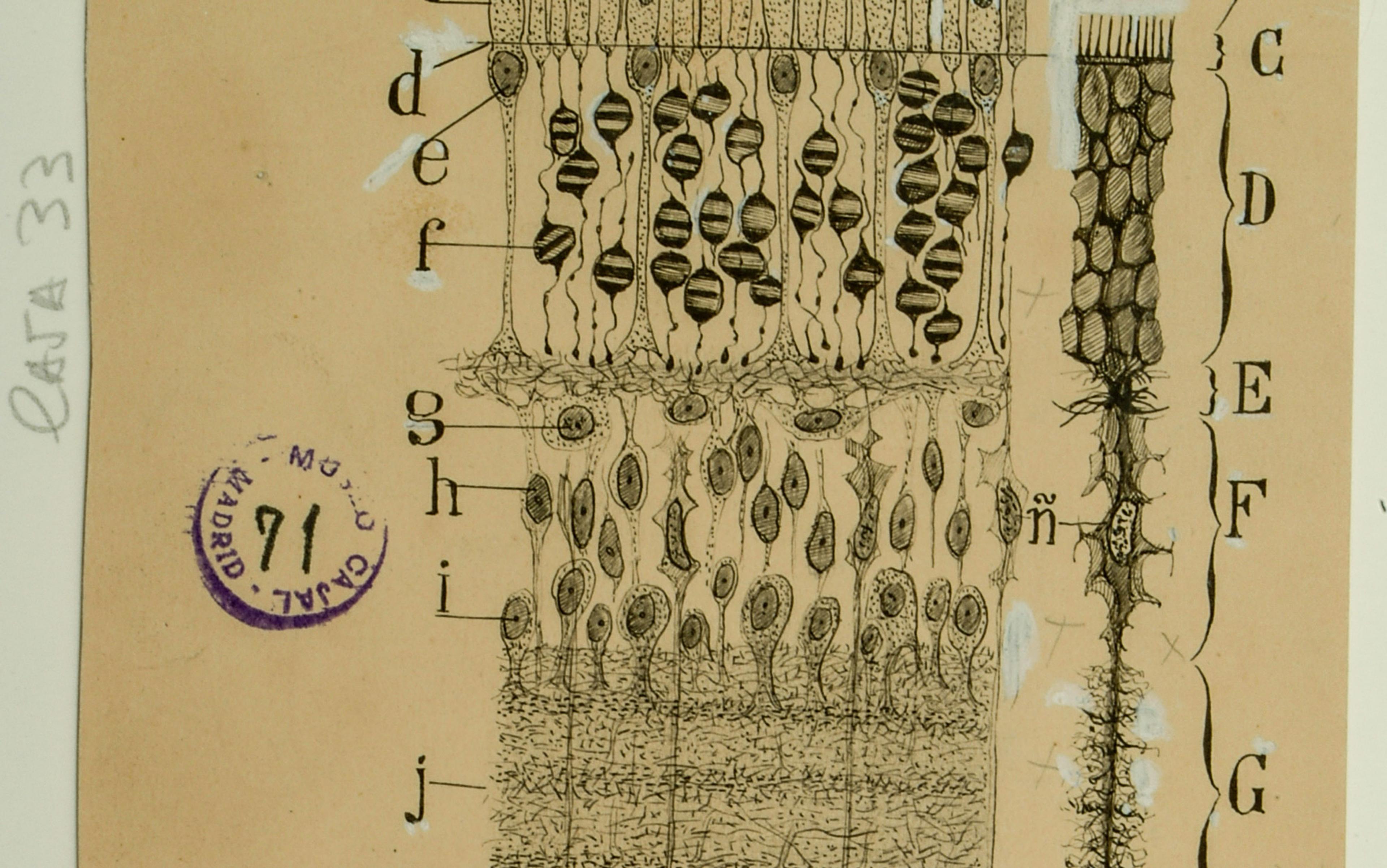During the COVID-19 pandemic, some people took up baking, others decided to get a dog; I chose to grow and observe slime mould. The study in my partner’s flat in Edinburgh became home to two cultures of Physarum polycephalum, an acellular slime mould sometimes more casually referred to as ‘the blob’.
I began a series of experiments investigating how long it would take for two separated cell masses from the same bisected Physarum cell to stop fusing with one another upon reintroduction. Hours turned into days, and days into weeks, and, due to time constraints, the experiment eventually fizzled out around six weeks. This, however, was only the beginning. Over that following year (unbeknown to our unsuspecting neighbours), I conducted several more experiments. Although none of them were published, each inspired new philosophical questions – which to this day continue to shape my thinking. One of the core questions was: what can the behaviour of slime mould teach us about biological memory?
The differences between P polycephalum and humans may seem vast, but slime mould can reveal a remarkable amount about various aspects of how we remember. While many people might assume that our memories are primarily stored within our brains, some philosophers like myself argue that – along with some other aspects of cognition – memory can extend beyond the confines of the body to involve coupled interaction with structures in the environment. At least some of our cognitive processes, in short, loop out into our surroundings. Slime mould is an intriguing candidate to explore this idea because it doesn’t have a brain at all, yet in some cases can apparently ‘remember’ things without needing to store those associated memories within itself. In other cases, memories acquired via learning by one individual can even be acquired by a separate individual through physical contact. The behaviour of this strange form of life suggests that some of our ideas about how memories are acquired may need a rethink.
Physarum polycephalum is a blob-like organism belonging to the class Myxomycetes, also known as the ‘acellular slime moulds’. Unlike cellular slime moulds, which are single-celled micro-amoeba that come together when starved to form a giant slug-like aggregation, Physarum is made of one giant mega-cell. It has a complex life cycle consisting of two distinct vegetative stages: a microscopic ‘amoeboflagellate stage’ – emerging after spore germination – and a macroscopic ‘plasmodial stage’. This latter stage, which resembles a bright yellow, veiny paint spill, has become the primary focus of experimental research. This is not only because of its impressive size (reaching up to a hefty 2 square metres) but also because of its surprisingly rapid locomotion – up to 5 cm per hour. Not too shabby for a blob.

P polycephalum plasmodium. Courtesy Wikipedia
It moves across surfaces by oscillatory contractions of internal vein-like tubules that redistribute protoplasm to cell edges, forming outgrowths resembling flattened, yellow, cauliflower-like structures. During the plasmodial stage, Physarum actively forages on microorganisms and decaying matter, two food sources that are readily available in its natural habitat of woodland and forest floors. There, it thrives in moist leaf litter, rotting logs and tree stumps, moving towards and enveloping food sources while avoiding direct sunlight and dry surfaces.
Physarum could find the shortest path through a maze by optimising its network of protoplasmic tubes
For much of its scientific history, Physarum was misclassified as a fungus, primarily due to its ability to produce spores within stalked fruiting bodies, similar to the spore-producing structures of fungi. Its species name polycephalum, literally meaning many-headed, refers to the multiple spore-holding structures (sporangia) of its fruiting body, which superficially resemble tiny heads. However, ultrastructural studies in the 1970s and subsequent molecular phylogenetics in the late 20th century revealed that acellular slime moulds actually belong to the Amoebozoa, a group of unicellular protists more closely related to amoebae than to fungi.
Scientific interest in Physarum surged in the 1970s and ’80s, with labs across Europe, the Americas and Japan investigating its behaviour. However, by the late 20th century, research had declined. An important exception was Japan, where Physarum studies continued, leading to a number of groundbreaking findings. One pivotal discovery was made in 2000, when Toshiyuki Nakagaki showed that Physarum could find the shortest path through a maze by optimising its network of protoplasmic tubes between food sources. Initially, the plasmodium spread out, connecting food sources through multiple paths in the maze. However, it then selectively retracted inefficient paths, leaving only the shortest and most efficient route. This research, published in Nature, revitalised global interest in slime mould behaviour, inspiring a wave of studies on Physarum’s problem-solving and learning capabilities.
A notable part of this resurgence was led by researchers such as Audrey Dussutour in France, and Tanya Latty, Madeleine Beekman and Chris Reid in Australia, who began conducting focused experiments investigating Physarum’s remarkable ability to make adaptive decisions, solve mazes and even exhibit habituation – a simple form of learning. Once on the verge of being forgotten, P polycephalum is now recognised as a valuable model organism in behavioural biology. Some researchers have even explored it as an unconventional computer, showing how it could perform processing tasks and mimic electronic components.
But how can an apparently simple organism like a slime mould remember?
Wherever they migrate, Physarum plasmodia leave behind extracellular slime trails – a non-living mucopolysaccharide. In the wild, you’d most commonly find these trails in areas that a slime mould has already foraged and, hence, which are depleted of food. In principle, encountering the stuff could therefore tell the slime mould something about the availability of food in the area – but is extracellular slime used as a memory trace?
To investigate this possibility, in 2012 the biologist Chris Reid and colleagues conducted a rather ingenious experiment. They used two different experimental conditions. In the first ‘blank’ condition, they lined a Petri dish with untreated agar, placing a drop of high-concentration glucose solution on it – a ‘goal’. The diffused glucose created an attraction gradient that a slime mould could follow, navigating towards the food source. However, the researchers also placed an obstacle along the way: a dry U-shaped acetate trap between the food source and the slime mould’s ‘starting point’. Slime moulds do not move efficiently over dry surfaces, so like with the earlier maze experiments, it would have to figure out the best route around the obstacle. In the second ‘coated’ condition, an identical set-up was used with the exception that the agar was coated with a layer of extracellular slime – as if the slime mould had already been there and left it behind.
Reid and colleagues hypothesised that if Physarum uses extracellular slime as a memory trace of previously explored and likely food-depleted areas, then the plasmodia that encounter trails in the coated condition should take a significantly longer amount of time to reach the goal than in the blank condition. In the wild, an environmental record of an area already foraged and exhausted would be useful: it would tell a Physarum to look elsewhere. But with this particular experimental design, the researchers figured that fully coating the agar surface with extracellular slime would slow navigation because this uniformly coated surface would render the Physarum’s own slime trails largely undifferentiated and therefore useless. In contrast, plasmodia on blank surfaces could lay down and use their own distinct slime trails, creating a differentiated spatial map that allowed them to avoid revisiting previously explored areas.
And this is precisely what they found. Plasmodia in the coated condition took 10 times longer to reach the goal than the other plasmodia in the blank condition did. In this case, extracellular slime wasn’t exactly helping the organism, but it did show the researchers that it was using it as a memory trace.
After completing my PhD at the University of Edinburgh, one of my supervisors and I decided to co-author a paper exploring whether these findings support the hypothesis of extended cognition (HEC) – an idea introduced by the philosophers Andy Clark and David Chalmers in the late 1990s. In a nutshell, HEC states that cognitive processes aren’t always confined to the inner workings of the brain but can sometimes straddle the brain, the body and structures in the environment. Everyday examples include using smartphones to store and recall phone numbers or doing calculations on paper. Cognition, on this view, can span the brain, the body and the world. We were drawn to HEC for several reasons. Beside our shared connection with Clark – who was also my PhD supervisor – I had also become increasingly interested in the evolution of cognition and how non-neuronal organisms might provide clues to understanding how it works in animals. Importantly and to the point, if bacteria, ciliates and protists – organisms entirely lacking neurons – exhibit capacities like learning, memory, and anticipatory behaviour, then HEC’s traditional focus on cognitive spread between brain, body and world seemed too restrictive.
Reid’s study represents a clear example in which a memory trace exists in the environment and is used by the organism to guide future behaviour when encountered. Typically, biological memory is thought to involve an internal, experience-dependent change that can later be recalled and used. But, here, Physarum’s use of its slime to navigate around food-depleted areas demonstrates a form of spatial memory that straddles the body and environment. As far as HEC goes, this is really a ‘no brainer’.
Just as humans can use mobile phones or notebooks for memory storage, slime moulds can use slime
A follow-up experiment in 2013 buttresses that interpretation. This time, Reid’s team showed that avoiding extracellular slime is not merely an aversive reflex or fixed response. When a plasmodium was placed in a Y-shaped maze, where extracellular slime lay between it and a source of high nutrient food (yolk) it had perceived, the plasmodium ignored the slime, crossing it to obtain the food. Importantly, this result shows that slime as a memory trace is overwritable in light of new, salient information – the presence of high-quality food – ticking the box for a widely accepted criterion for navigational memory. Navigational memory, like other cognitive capacities, likely evolved to guide adaptive behaviour in dynamic environments. Without the ability to be overridden in the face of new information, such memory would risk locking an organism into maladaptive routines. In Physarum’s case, this would mean ignoring available food because it is in close proximity to a typically barren slime trail. That the food was high quality also mattered: it suggests that Physarum’s overriding of the slime cue is an integrated valuation process – analogous to a cost-benefit analysis. Memory, unlike simple stimulus-response circuits, is integrated into an organism’s wider cognitive economy.
Just as humans can use mobile phones or notebooks for memory storage and recall, slime moulds can use slime. Granted, numerical memory and navigational memory differ in kind, but the deeper point remains: Physarum evolutionarily stumbled upon an external solution for memory long before humans did.
The fact that extracellular slime can be used as a memory trace by any slime mould that is closely related to the one that left it also raises an important question: whose memory is it? A memory trace is paradigmatically understood to be acquired through experience-dependent learning and possessed by the same individual that acquired it. In the case of Physarum, however, the cell that uses extracellular slime and the cell that deposited it can diverge. Here’s one way of addressing this puzzle: if the slime is not encountered again and used by the plasmodium that left it (or by another closely related cell), it fails to qualify as a memory trace at all. A memory trace is created only when a plasmodium interacts with and uses extracellular slime to navigate and guide its future behaviour. Thus, if slime qualifies as a memory trace, that memory belongs to the slime mould that encounters and uses it. The neurophilosopher Julian Kiverstein and I have dubbed this process – where memory storage and recall are tightly interlinked in cases of externalised spatial memory – ‘memory making’. In contrast, a memory trace that is acquired by learning and then stored inside an organism is not dependent upon that organism using it to qualify as (its) memory.
What makes slime mould memory so interesting is that – at least in some cases – it does not seem to require learning via direct experience, something that we might assume is necessary when we consider our own memories.
Since slime trails are left everywhere that a slime mould crawls, such potential memory is not the result of prior learning by the slime mould that left the cue. If this is correct, then Physarum’s use of extracellular slime provides an important example of memory without learning – where the external memory trace was not formed through learning on the part of the individual that left it. Physarum also exhibits memory without learning in another way – where an internal memory trace is acquired without learning on the part of the individual that uses it. To see how this works, let’s shift to consider an instance of Physarum’s habitation learning and internalised memory storage that is the basis for this latter type of memory without learning. An experiment led by the biologist Romain Boisseau is illustrative.
The naive cell acquired a memory without itself becoming habituated through direct experience with salt
In 2016, Boisseau and colleagues showed that, after repeatedly placing a plasmodial cell on one end of an agar bridge and placing a small amount of an aversive stimulus (quinine) between it and a food source, the trained slime mould began to approach the food source more rapidly, ignoring the aversive stimulus. This reduction in response to repeated exposure to the same stimulus was a first in providing clear evidence that Physarum can engage in habituation learning. Like Physarum’s use of extracellular slime, this example involves a form of non-declarative memory – memory expressed through behaviour without conscious reflection or recall – but instead of non-declarative spatial memory, it concerns tolerance to an aversive stimulus.
As if this weren’t impressive enough, later research showed that slime moulds can even transfer memories from one individual to another. In a follow-up study in 2016, David Vogel and Audrey Dussutour found that a naive, untrained Physarum cell, after briefly fusing with a habituated, trained cell, would later display the same habituated response to salt – an aversive stimulus. Importantly, the naive cell exhibited this response even after the two cells were separated, approaching the food source at the end of a bridge containing salt-repellent faster. In other words, the naive cell acquired a memory without itself becoming habituated through direct experience with salt.
This raises a question: to whom does this memory belong? As with memory making, I would like to suggest that, in the case of transferred memory, it belongs to the plasmodial cell that uses the trace, given that its behaviour is guided by the trace. We can now justify taking this position for both types of memory without learning. If memory is a biological trait that is subject to natural selection, then selection primarily acts on the organism that derives a fitness advantage from using the memory trace. That said, because closely related plasmodia frequently merge to form a larger cell, in some cases the benefits conferred by memory use may also indirectly extend to the original extracellular slime producer. For example, if the producer later merges with the memory user, it may gain fitness benefits as a result of the memory user’s previous foraging efficiency (ie, its being well nourished). Thus, over evolutionary timescales, selection may act not only on the ability to use slime trails as memory, but also on the tendency to leave chemical information in them that makes them more identifiable to kin, particularly if this reliably benefits the fitness of related cells.
So, what can slime mould teach us about biological memory? One lesson is that spatial memory needn’t be confined entirely within an organism (á la HEC). Moreover, what becomes memory traces when used (eg, extracellular slime) needn’t be the result of learning by the external trace-producer. Another takeaway is that, in some cases, an individual can acquire such memory without having engaged in learning itself. This raises an intriguing parallel in the human case. We do, after all, routinely read and act upon instructions, maps and manuals written by others, drawing on information acquired through their experiences, not our own. Although such externalised sources of information are typically declarative in structure – designed to represent facts explicitly – we often act upon them automatically, without needing to consciously recall or reflect on the information they convey. In this way, they guide behaviour in ways that functionally resemble non-declarative memory. While the analogy shouldn’t be pushed too far, both the human and slime mould cases illustrate how memory can become decoupled from individual learning, instead becoming accessible to others through environmental structures.
These conclusions, of course, remain contentious within traditional cognitive science and psychology where memory is often defined as the result of learning on the part of the same individual whose memory it is. Despite important concerns raised by the likes of Francis Crick in 1984, memory storage is still often attributed to synaptic plasticity – changes in strength of connection between neurons – quashing the very possibility of external memory traces. That said, some like the psychologist C Randy Gallistel – who has long argued that memory may also be stored in molecules like RNA within the brain – have remained vigilant in thinking outside the box. However, given the accumulating empirical evidence that memory-guided behaviour is exhibited in non-neuronal organisms like Physarum, then even this outside-the-box thinking remains firmly planted in traditional views about the requirements of brains for memory and the kind of strict internalism HEC suggests needn’t always be the case. Both HEC and memory without learning are not easy pills to swallow, but then again, neither is the very idea that a non-neuronal organism can learn in the first place – an idea that Physarum’s behaviour unequivocally seems to support.
Whether it’s the subject of experiments carried out in a lab (or in a cramped study of an Edinburgh tenement flat) or it’s the subject of empirically informed, armchair philosophising, Physarum provides a valuable model organism to inspect, challenge and refine some of our most fundamental biological concepts – concepts like memory.

